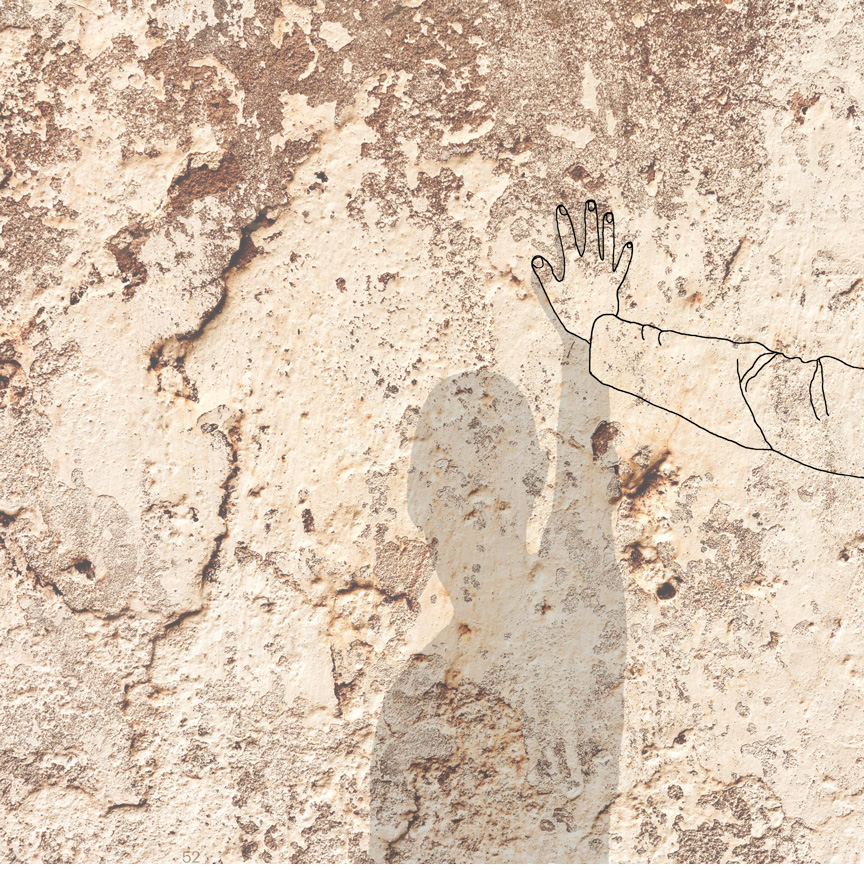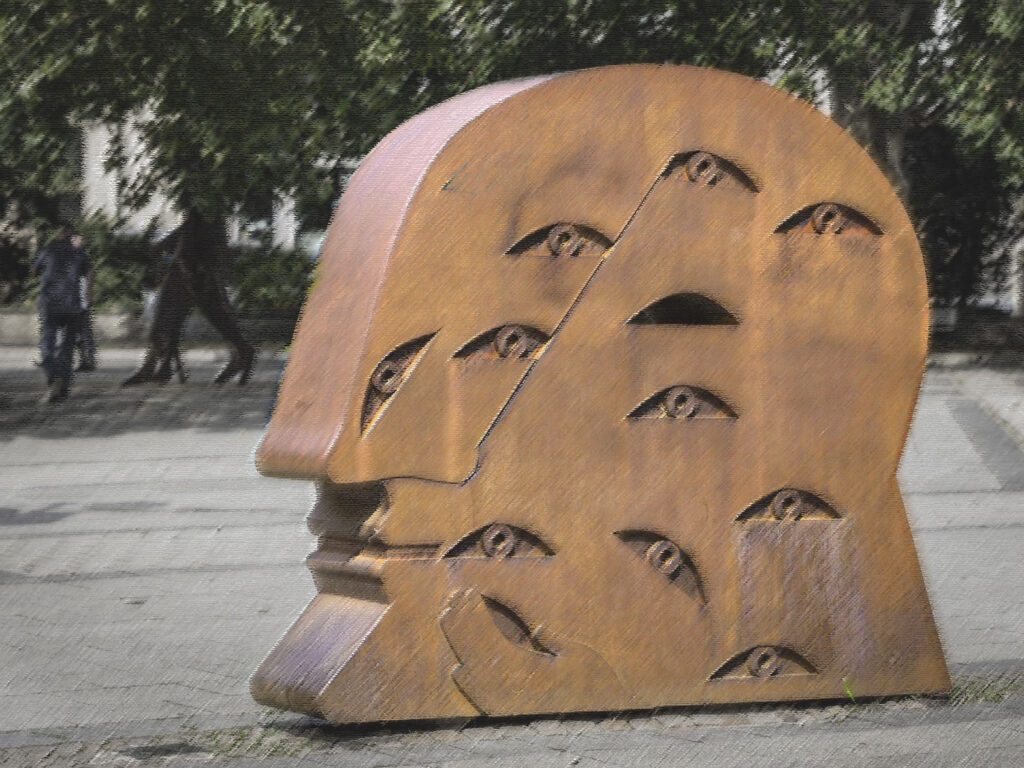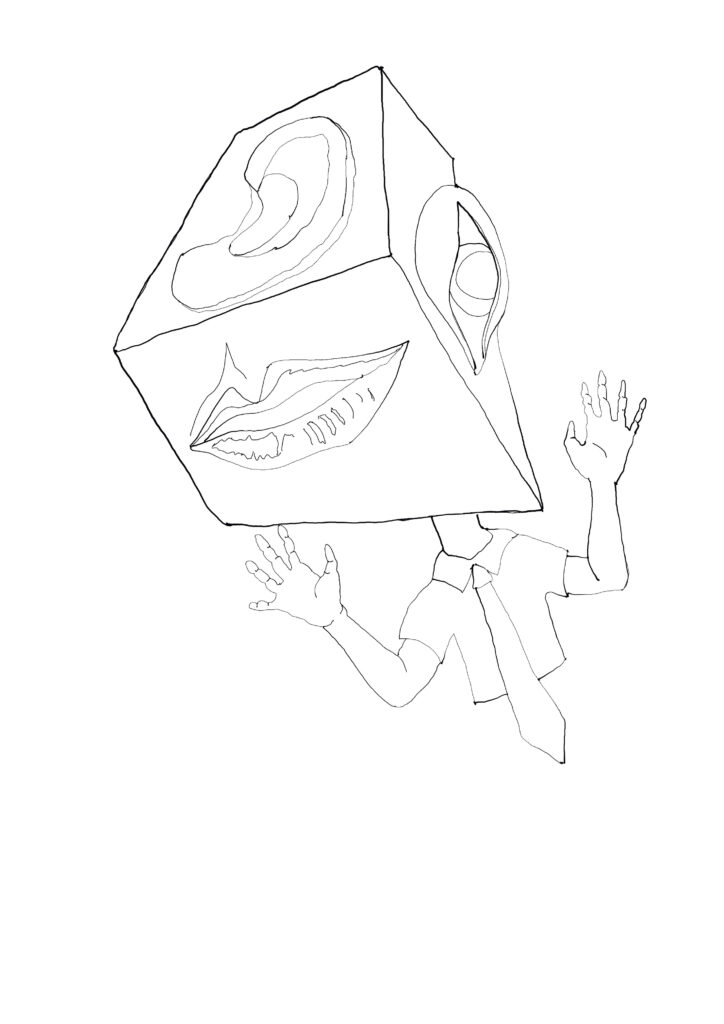ARCHITECTURE AND THE SENSES
Heidemarie Tauber

The importance of the intuitive, physical experience of spaces before their analytical consideration is a frequently overlooked but important aspect of architectural work. Architects should first act in the role of the user and experience the atmosphere of a space in a multisensory way before thinking about the intention of the architecture. This intuitive experience helps architects to understand the impact of their work by first experiencing the spatial parameters and their effect on the users themselves. Both the imagination and intention of the architects and the intuition of the users are decisive for the creation and experience of spaces. Therefore, spatial perception should actually be part of general education in order to be able to appreciate the quality of the built environment and improve it. However, architecture in the modern age is increasingly visually dominated and often only presented as art-for-the-eye.
This development means that architecture is losing its original role as an art form that can be experienced physically and is becoming an art of the photographed image. Architecture must therefore not be reduced to visual impressions, and a deeper understanding of the experience is a prerequisite for spatial qualities. Seeing and hearing, for example, can also address different levels of perception: seeing isolates and is directional, while sound incorporates and is omnidirectional. These differences emphasize the deeper, inner experience created by sound in space. This contrasts with the importance of silence as a central auditory experience in architecture, which can be conveyed through matter, space and light. The sense of smell also plays a decisive role in the perception of spaces. Smells can create lasting memories of places, often more strongly than visual impressions.
This emotional sensitivity enables us to perceive and evaluate atmospheres quickly and intuitively. This experience also creates a feeling of protection and security for people in rooms. A person’s life also takes place in rooms and is accommodated there. Spaces offer a home and protection, both real and virtual, through thoughts, dreams and ideas. Places are therefore not only defined by physical characteristics, but are also emphatically characterized by the atmosphere, the intuitive experience and the possible interactions and bonds that take place there. This work is an approach to the intuitive physical experience of space with the help of self-awareness, theoretical analysis in the literature and the observation and accompaniment of third parties in the experience of architectural spaces.
Not only one sense
In his book “The Eyes of the Skin” (1996), author Juhani Pallasmaa emphasizes the importance of sensory experience in architecture and criticizes the one-sided dominance of vision in today’s architectural practice. He argues that architecture should not only be perceived visually, but should involve all the senses in order to create a holistic and profound experience. Pallasmaa urges architects to focus on the importance of the body and the senses in the design of spaces, and to put people at the centre of their work. He also argues that architecture is first and foremost a space for people, and that it should evoke an emotional and physical response. By emphasizing the importance of all the senses, architects can be encouraged to create spaces that are not only beautiful to look at, but also evoke an emotional and sensory response from the viewer. This can help architecture to be something that enriches the whole human experience and connects us to our surroundings.

